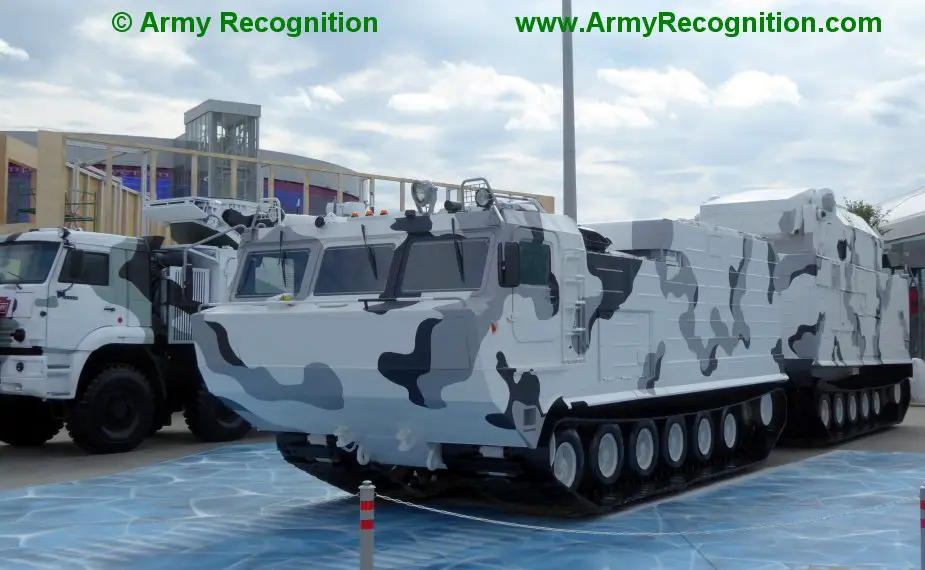Breaking news
Russia deploys electronic warfare equipment in Arctic.
The Russian Northern fleet completed the arming of the electronic warfare (EW) center. Its long-range Murmansk-BN and Krasukha stations will be soon complemented by the latest Divnomorye systems. Together with Murmansk-BN in Kamchatka they will control the whole Northern Sea Route. EW systems can jam communications, navigation and control of warships, submarines and aircraft that violate the border, the Izvestia daily writes.

Tor-M2DT and Pantsir-S1 will be deployed to ensure air defense of the Arctic stations (Picture source: Army Recognition)
At present, the Northern, Pacific, Baltic and Black Sea fleets are armed with EW weapons. They were supplied in the past five years. The new stations have been tested by the troops. The Defense Ministry said Murmansk-BN has been tested in the past two-three years. The trials confirmed the high quality of operator training. The EW center in Kamchatka was recognized as the best in the Eastern Military District and the Pacific fleet.
At present, the EW stations in Severomorsk and Kamchatka control the whole Northern Sea Route. They are located close to the key points of the transportation corridor - to the Bering Strait and the Kara Gate and can thus close the narrow places of the route. Arctic EW forces have to engage in two missions: ensure navigation safety in the Northern Sea Route and electronically control the area, expert Viktor Murakhovsky said. "Besides navigational, hydrographic and rescue provision, much attention has been paid of late to military security in the Arctic. Airfields were deployed there. A system to control the air, surface and underwater situation is being created to fully cover the region. EW is an integral part of it," he said.
Murmansk-BN short-wave automatic jamming complex is an ideal non-lethal weapon for a soft impact on border violators. Murmansk-BN can jam radio communications, navigation, control of aircraft, submarines, warships and drones in a range of close to 5 thousand kilometers. It can up to 8 thousand km in case of favorable atmospheric conditions. The figure exceeds all available world analogs several times. Murmansk-BN automatically collects data on short-wave emitters, classifies them and determines the jamming power to suppress them. A warship, a submarine, an aircraft or a drone will lose communications with the outside world.
It is important that the complex is mobile. It is carried by seven multi-axis KamAZ trucks and comprises powerful telescopic antenna masts and low-frequency antenna ropes. The hydraulic masts extend 32 meters high. The design allows quickly changing the deployment area.
Little is known about the latest Divnomorye station. In contrast to previous Moskva-1, Krasukha-2, and Krasukha-4, it is carried by one prime mover to increase mobility to the maximum. The station can hide from detection important facilities in a radius of several hundred kilometers.
EW centers comprise several battalions and companies, expert Dmitry Boltenkov said. "They are armed with a broad range of EW means. One of the latest devices is Murmansk-BN. If deployed in Kola Peninsula and Kamchatka, they can switch off short-wave communications along the whole Northern Sea Route. Krasukha-4 can jam satellite communications, GPS-navigation, drone communication channels," he said.
Russian Arctic troops can be reinforced at any moment. Amphibious assault ships or aircraft can rapidly deliver EW weapons to Kotelny Island or Franz-Joseph Land, the Izvestia writes.
© Copyright 2019 TASS / Army Recognition Group SPRL . All rights reserved. This material may not be published, broadcast, rewritten or redistributed.

























